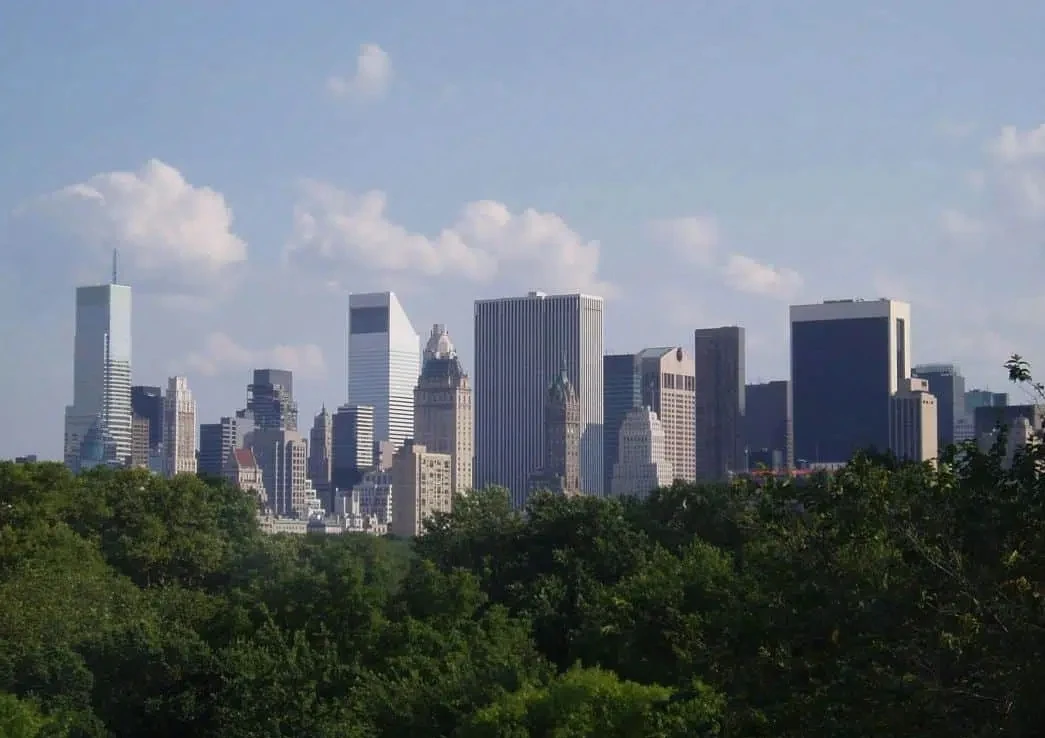American Museum of Natural History (New York, USA) - expositions, opening hours, address, phone numbers, official website.
 |
| American Museum of Natural History |
One of the best natural science museums in the world, the American Museum of Natural History in New York is a grandiose collection of artifacts illustrating the long and rich history of our planet in all sorts of events and cataclysms. Nearly 30 million items (of which, of course, only a minority are on display) will take you through centuries and millennia to millions of years ago, unfolding a comprehensive and fascinating picture of the evolution of life on Earth. Nearly 600 dinosaur skeletons, including a Tyrannosaurus rex, a 3m blue whale model and a slice of a 1400 year old sequoia tree, an Indian canoe, and meteor and mineral halls are just some of the exhibits.
The love that Americans have for the museum is evidenced by the fact that many educational films are voiced by Hollywood stars. So, Meryl Streep will tell you about the evolution of vertebrates, and the Big Bang “speaks” in the voice of Liam Neeson.
 |
| American Museum of Natural History |
What to watch
The American Museum of Natural History is housed in a historic three-story building from the late 19th century, built in a recognizable Victorian style. The permanent exhibition occupies 45 halls, in addition, you can visit the state-of-the-art Rose Center for Earth & Space planetarium, watch an educational film in the IMAX cinema, and from September to May admire insects in the Butterfly Gallery.
The artifacts of the museum are distributed thematically, chronologically and geographically throughout the halls. It makes sense to start acquaintance with the collection from the exposition dedicated to biodiversity and the environment. A vivid portrait of the beauty and abundance of life on Earth is placed on an 800-meter rainforest diorama, one of the planet's most diverse ecosystems. The Spectrum of Life presents more than 1,500 animal species in the context of 3.5 billion years of evolution. In the hall of North American forests, you can see a cut of a 90-meter sequoia and a model of forest soil enlarged 24 times, and in the ocean hall, 14 dioramas represent 8 different ocean ecosystems.
The paleontological exposition is the pearl of the museum. In the four halls of this section, gigantic and microscopic skeletons of the ancestors of modern animals and birds are presented - from the pterosaur (the first flying dinosaur) to the Tyrannosaurus Rex, recognizable by visitors of all ages, with a meter-long jaw and 15-centimeter teeth.
 |
| American Museum of Natural History |
Don't forget to look into Theodore Roosevelt's rotunda - not only to learn about his contribution to the creation of the museum, but also to admire the skeleton of a barosaurus - the tallest prehistoric animal (the ceilings of the halls turned out to be too low for him).
The halls of the Department of Human Origins and Culture of Humanity introduce all the ways in which society is organized, from the early forest kingdoms of Africa and the communities of the Pacific islands to the heritage of the Indians of South and North America and Asian civilizations. And of course, you can not pass by a 20-meter Indian canoe!
Practical information
Address: New York, New York City, Central Park West, at the intersection of West 81st Street and Columbus Avenue. Website.
Opening hours: daily from 10:00 to 17:45. The museum is closed on Thanksgiving and Christmas.
